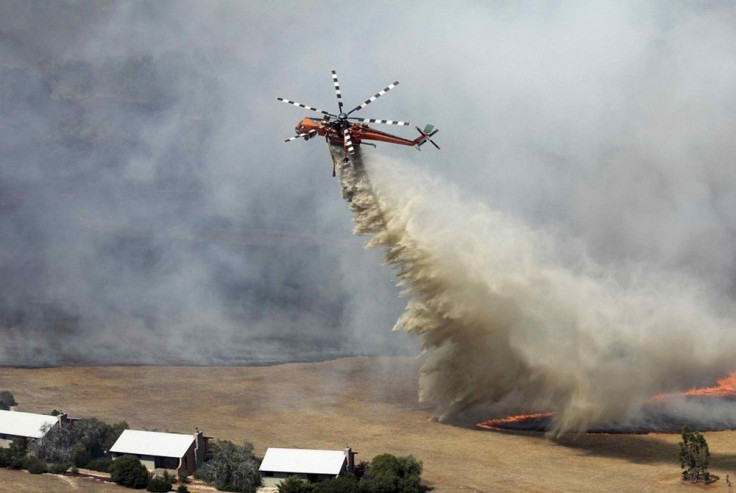Australia Braces for Another Heatwave As Climate Change Threatens Drinking Water Quality

Extreme weather may affect the quality of Australia's drinking water. This was revealed in a study that the country's drinking water is vulnerable to climate change based on availability and quality.
Researchers studied 41 Australian and U.S. water suppliers, including Melbourne Water and Sydney Water, and reported that the biggest risk comes from extreme weather events like a combination of drought, bushfires then floods.
Stuart Khan, lead author and associate professor of the School of Civil and Environmental Engineering at the University of NSW, said more droughts, floods, heatwaves and bushfires will intensify the effects of climate change to water quality.
Khan cited Sydney's Warragamba Dam which had an unusual algal boom in August 2007 as an example. He claimed the extreme amount of rainfall during that time triggered the outbreak of algae in the dam. The large algal boom was typically seen during summer.
Melbourne's water supply had avoided a major threat after the bushfires in 2009. The water supply was vulnerable if strong rains followed the bushfires. Heavy rain would have washed the remains of burnt plants, including pathogens and other types of harmful substances, to water treatment facilities. If left untreated, the water supply might have been unsafe to drink.
Khan recommends that the government should invest in desalination plants. Although these facilities require billions to put up, desalination plants will help cities maintain the quality of drinking water if extreme weather events threaten drinking water.
Since the Climate Council has warned of longer, hotter and frequent heatwaves in Australia, Khan said desalination plants offer flexibility for immediate action.
Another Heatwave Coming
According to weather forecasts, another heatwave will be arriving in southeastern Australia as firefighting crews and communities have yet to recover from the previous week's record-breaking temperatures.
The Bureau of Meteorology reported towns like Mildura in Victoria and Deniliquin in NSW will have maximum temperatures of 42 degrees Celsius.
Senior Meteorologist Brett Dutschke of Weatherzone added some inland areas in Australia will remain hot as long as the recent heatwave. However, the rain and clouds from northeastern Western Australia will determine how long the next heatwave will last.






